Cambodia, a nation rich in cultural heritage and ancient traditions, is home to an exceptional martial art form known as Bokator Khmer. Rooted in the country’s ancient history, Bokator Khmer is not only a formidable fighting style but also a significant cultural treasure. With its deep historical significance, distinctive techniques, and symbolic values, Bokator Khmer has the potential to be recognized as a UNESCO World Heritage. In this blog post, we will explore the captivating world of Bokator Khmer and delve into why it deserves global recognition and preservation.




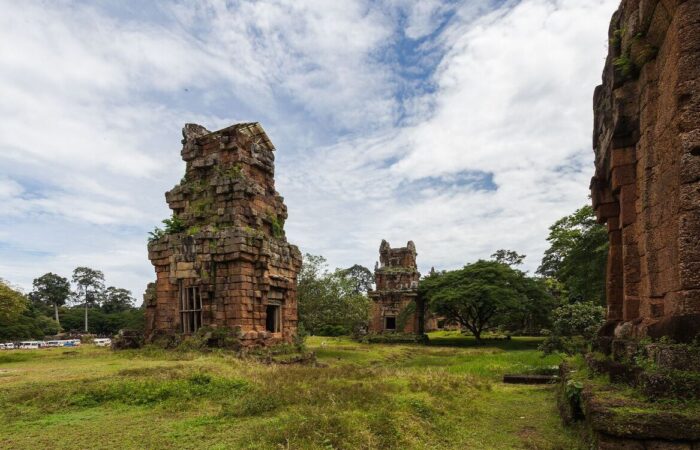
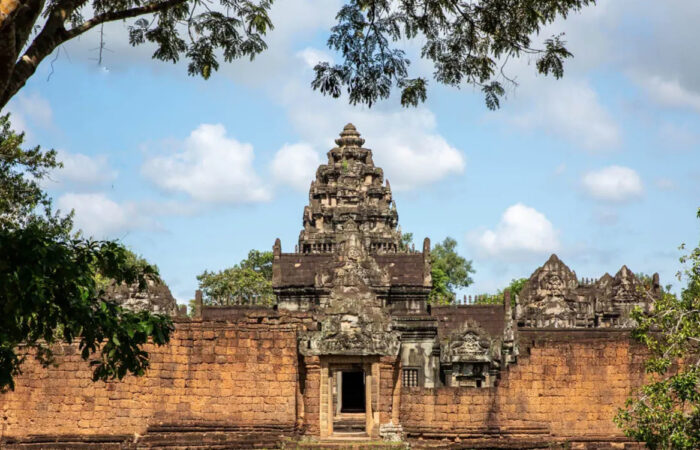

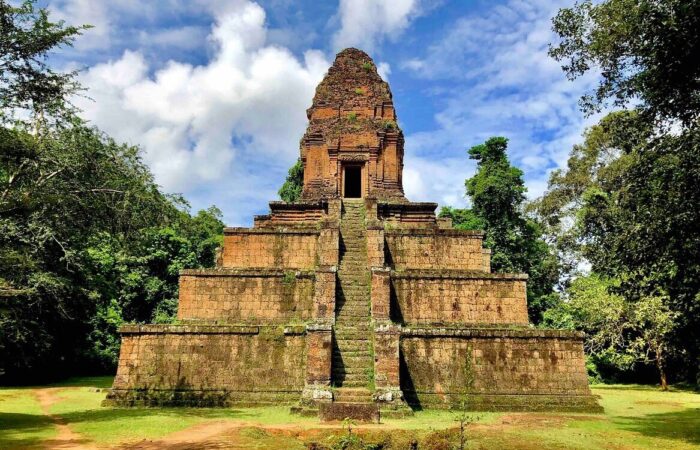
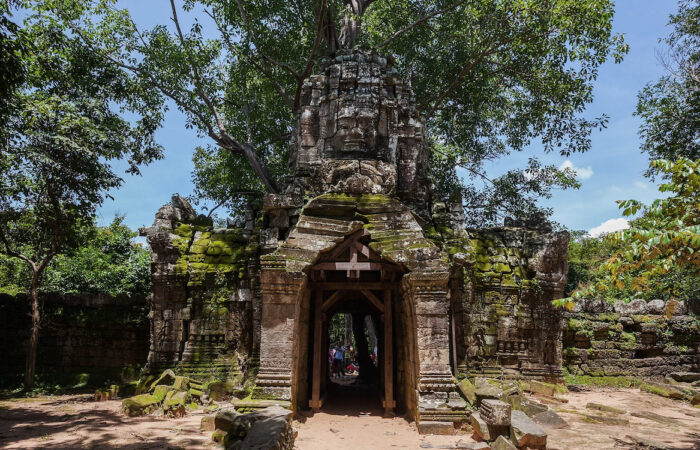
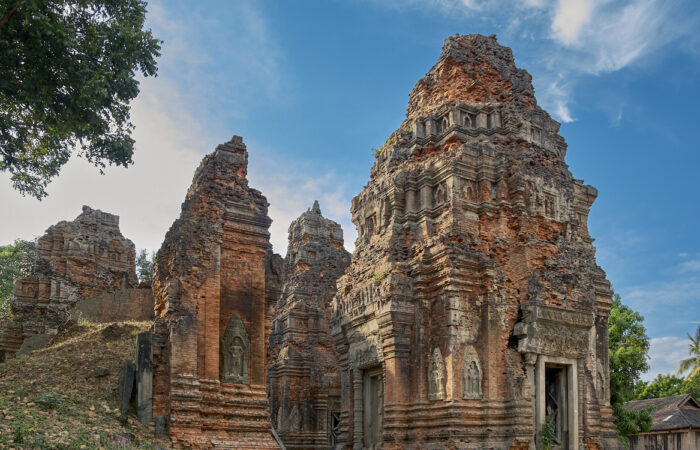
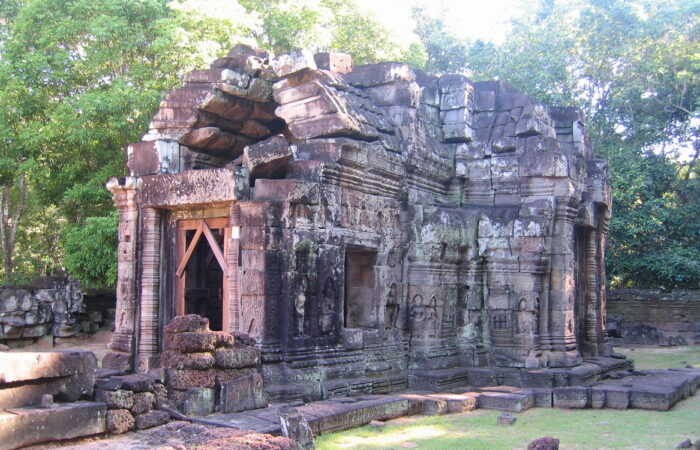
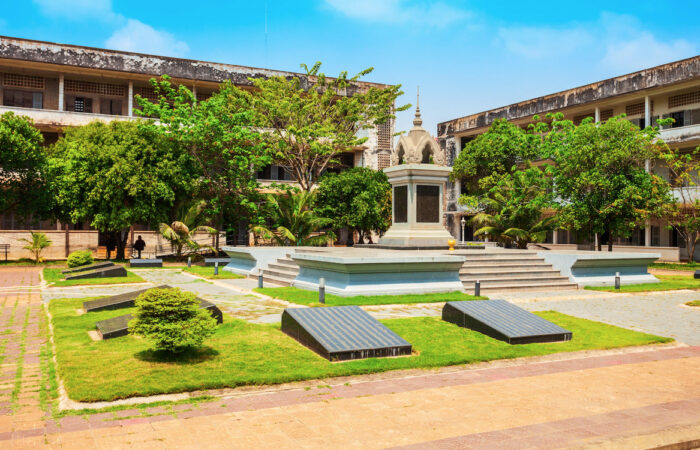
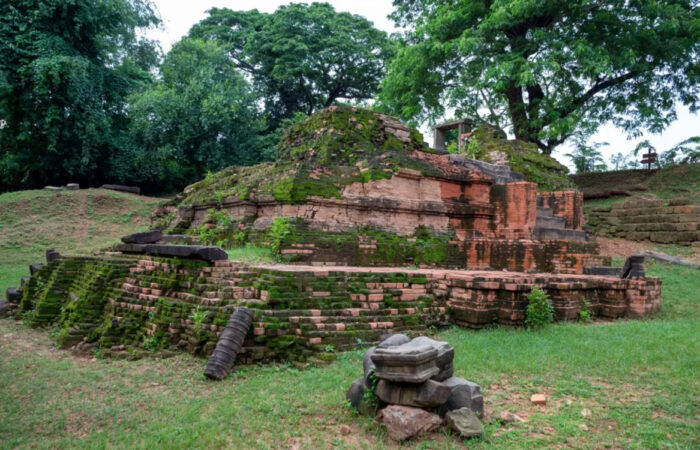
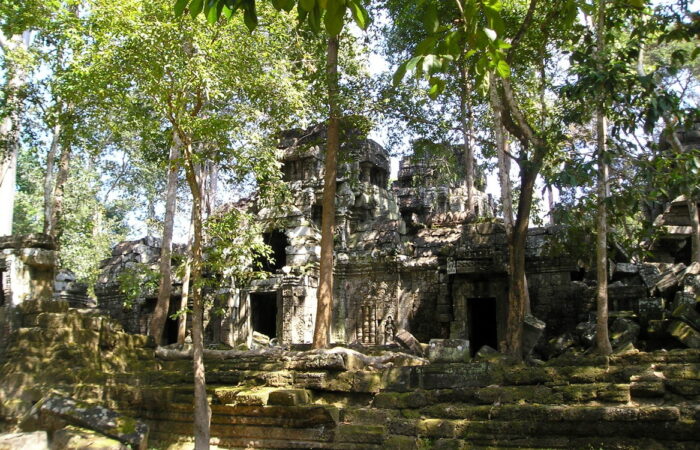

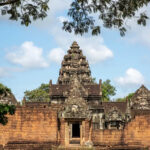

Wow, fantastic weblog format! How lengthy have
you been running a blog for? you make running a blog look easy.
The whole glance of your site is excellent, as neatly as the content material!
You can see similar here najlepszy sklep
Wow, superb blog format! How lengthy have you ever been running a blog for?
you make running a blog look easy. The whole
look of your site is great, as well as the content material!
You can see similar here dobry sklep
Wow, awesome blog layout! How lengthy have you been running a blog for?
you made blogging glance easy. The full glance of your site is excellent,
as smartly as the content material! You can see similar
here sklep online
It’s perfect time to make some plans for the future and it’s time to
be happy. I have read this post and if I could I want to suggest you few interesting things or suggestions.
Perhaps you could write next articles referring to this article.
I wish to read more things about it! I saw similar here: Najlepszy sklep
Wow, fantastic blog structure! How lengthy have you ever been running a
blog for? you make blogging glance easy. The full glance of your site is excellent,
let alone the content material! You can see similar here sklep
Hi! Do you know if they make any plugins to assist with Search Engine Optimization?
I’m trying to get my blog to rank for some targeted keywords but I’m
not seeing very good results. If you know of any please share.
Appreciate it! You can read similar blog here: Sklep internetowy
It’s very interesting! If you need help, look here: ARA Agency
Good day! Do you know if they make any plugins to help with SEO?
I’m trying to get my site to rank for some targeted keywords but
I’m not seeing very good success. If you know of
any please share. Appreciate it! You can read similar text here: List of Backlinks
azithromycin pack
canadian pharmacy sildenafil
canadian pharmacy 365
zithromax 250 mg cost
batmanapollo.ru
I don’t think the title of your article matches the content lol. Just kidding, mainly because I had some doubts after reading the article.